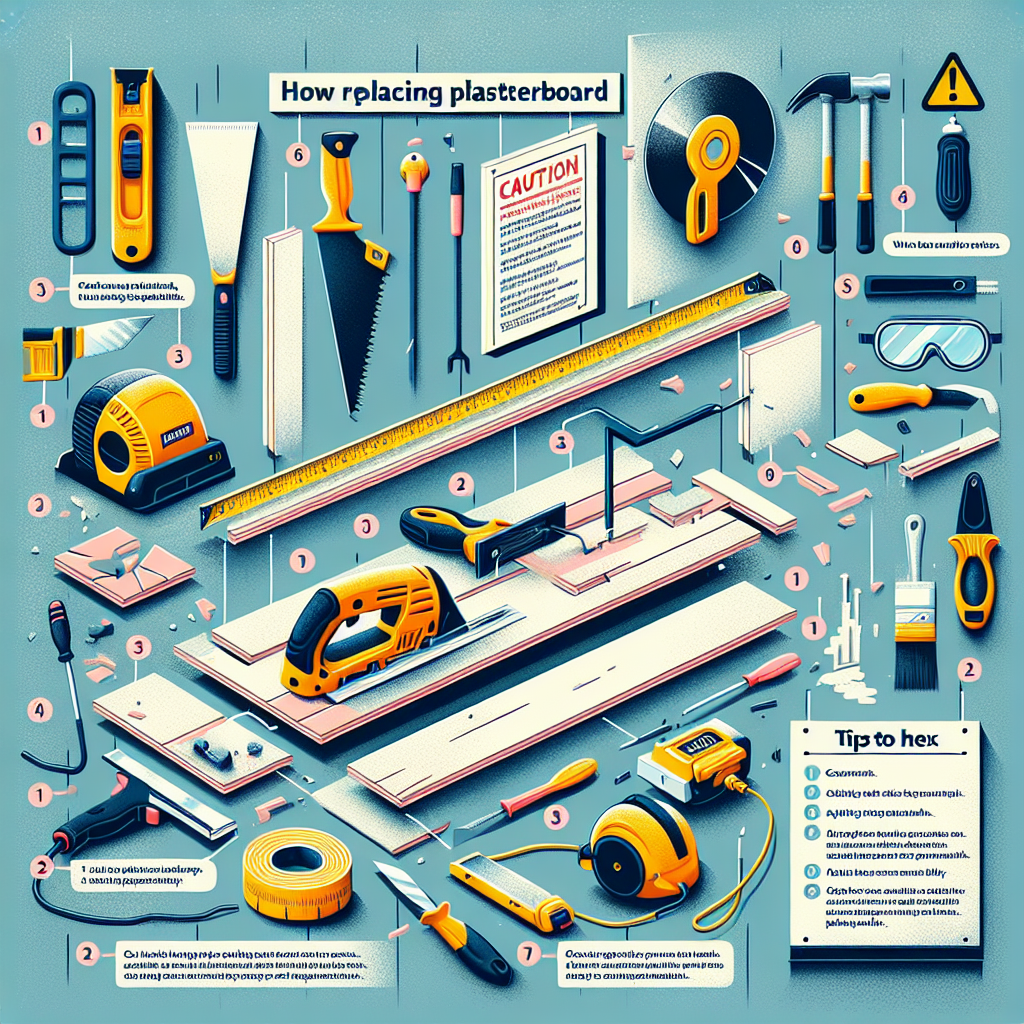Eco-Friendly Kitchen Remodel with Energy-Efficient Appliances
Are you looking to remodel your kitchen and make it more eco-friendly? With the right appliances and a few simple changes, you can create a sustainable and energy-efficient kitchen that not only benefits the environment but also saves you money in the long run. In this article, we will guide you through the step-by-step process of transforming your kitchen into an eco-friendly haven. From choosing energy-efficient appliances to implementing sustainable practices, we have got you covered. Let’s get started!
Step 1: Assess Your Current Kitchen
Before diving into the remodeling process, it’s essential to assess your current kitchen and identify areas that can be improved. Take note of any outdated appliances, inefficient lighting, or water-wasting fixtures. This assessment will help you prioritize your remodeling efforts and make informed decisions.
Step 2: Set a Budget and Timeline
Remodeling can be an expensive endeavor, so it’s crucial to set a budget that aligns with your financial capabilities. Determine how much you are willing to spend on appliances, materials, and labor. Additionally, establish a timeline for the project to ensure that it doesn’t drag on indefinitely.
Step 3: Choose Energy-Efficient Appliances
Investing in energy-efficient appliances is one of the most significant steps you can take towards creating an eco-friendly kitchen. Look for appliances with the ENERGY STAR label, as they meet strict energy efficiency guidelines set by the Environmental Protection Agency (EPA). These appliances consume less energy, reduce greenhouse gas emissions, and save you money on utility bills.
When selecting appliances, consider the following:
- Refrigerator: Opt for a refrigerator with a high energy efficiency rating and features such as adjustable temperature controls and automatic defrost.
- Oven and Stove: Choose a gas or induction cooktop, as they are more energy-efficient than electric ones. Look for ovens with convection settings, which reduce cooking time and energy consumption.
- Dishwasher: Select a dishwasher with efficient water usage and energy-saving features like soil sensors and half-load options.
- Lighting: Replace traditional incandescent bulbs with energy-efficient LED or CFL bulbs. These bulbs last longer and consume significantly less energy.
Step 4: Optimize Insulation and Ventilation
Proper insulation and ventilation are crucial for maintaining an energy-efficient kitchen. Insulate your walls, floors, and ceiling to prevent heat loss during winter and heat gain during summer. This will reduce your reliance on heating and cooling systems, resulting in lower energy consumption.
Additionally, ensure that your kitchen has adequate ventilation to remove cooking odors, excess moisture, and indoor air pollutants. Install a range hood or exhaust fan that vents to the outside, rather than recirculating the air back into the kitchen.
Step 5: Implement Sustainable Practices
Creating an eco-friendly kitchen goes beyond choosing energy-efficient appliances. It also involves adopting sustainable practices in your daily routine. Here are some tips to help you get started:
- Reduce Water Usage: Install low-flow faucets and aerators to minimize water wastage. Fix any leaks promptly and consider collecting rainwater for watering plants.
- Recycle and Compost: Set up a recycling station in your kitchen for easy sorting of recyclable materials. Compost food scraps to reduce waste and create nutrient-rich soil for your garden.
- Use Eco-Friendly Cleaning Products: Switch to environmentally friendly cleaning products that are free from harmful chemicals. These products are safer for your health and the environment.
- Buy Local and Organic: Support local farmers and reduce your carbon footprint by purchasing locally sourced and organic food products.
Step 6: Create a Sustainable Kitchen Design
When remodeling your kitchen, consider incorporating sustainable design elements that promote energy efficiency and reduce waste. Here are some ideas:
- Use Recycled Materials: Choose countertops, flooring, and cabinets made from recycled or reclaimed materials. This reduces the demand for new resources and gives a unique character to your kitchen.
- Install Energy-Efficient Windows: Opt for windows with low-emissivity (low-E) glass, which helps regulate indoor temperature and reduce energy loss.
- Maximize Natural Light: Design your kitchen layout to maximize natural light. This will minimize the need for artificial lighting during the day.
- Consider Open Shelving: Open shelving not only adds a modern touch to your kitchen but also reduces the need for excessive packaging materials.
Step 7: Monitor and Maintain
Once your eco-friendly kitchen remodel is complete, it’s essential to monitor and maintain your appliances and sustainable practices. Regularly check for any leaks, malfunctions, or energy inefficiencies in your appliances. Keep track of your energy and water usage to ensure that you are staying on track with your eco-friendly goals.
Remember, an eco-friendly kitchen is an ongoing commitment to sustainability. Continuously educate yourself on new technologies and practices that can further enhance the energy efficiency of your kitchen.
Conclusion
By following these steps, you can transform your kitchen into an eco-friendly space that not only reduces your environmental impact but also saves you money in the long run. From choosing energy-efficient appliances to implementing sustainable practices, every small change adds up to make a significant difference. So, roll up your sleeves, get creative, and embark on your journey towards an eco-friendly kitchen remodel!






